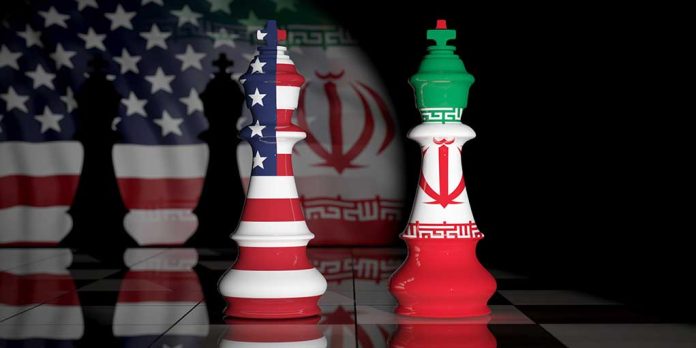
Rising tensions between Iran and the U.S. are unfolding as significant military actions intensify in the Middle East.
Key Takeaways
- Iran’s Supreme Leader denies involvement of Iranian proxies in the region.
- The U.S. military has conducted strikes against Yemen’s Houthi rebels.
- U.S. President Trump holds Iran accountable for Houthi actions.
- Khamenei warns of “severe slaps” if Iran feels threatened by the U.S.
Iran’s Position on Regional Proxies
Iran’s Supreme Leader Ayatollah Ali Khamenei has articulated a stern warning to the United States, denouncing claims that the Houthis in Yemen function as Iranian proxies. Asserting that Iran does not require such intermediaries, Khamenei emphasized that resistance groups operate from their own motivations. He described these accusations as a misunderstanding by the U.S. and a falsification of Iran’s influence in the region.
Khamenei’s defense of the Houthis aligns Iran with numerous groups opposing U.S. and Israeli influence, such as Hamas and Hezbollah. By projecting such a position, Iran reinforces its stance of resilience and independence from accusations of meddling in Yemen. The Supreme Leader’s statements suggest a firm demarcation between Iran’s diplomatic and military endeavors and the localized dynamics of the Yemeni conflict.
U.S. Military Engagement in Yemen
Under the Trump administration, the U.S. expanded military operations, targeting high-ranking Houthi leaders in Yemen with precision strikes. This strategy aims to protect American interests and contain what is perceived as Iranian-backed threats. The U.S. confirmed its targeted strikes have led to significant Houthi casualties, emphasizing a broader Middle East policy emphasizing aggressive deterrence.
“Tremendous damage has been inflicted upon the Houthi barbarians, and watch how it will get progressively worse — It’s not even a fair fight, and never will be. They will be completely annihilated!” Trump wrote on social media.
In response to these military actions, Khamenei has labeled such initiatives a “crime,” calling for an immediate halt. This condemnation adds to the simmering tensions and highlights Iran’s disapproval of U.S. military prowess in the region, escalating discourse to a global stage. Iran’s foreign ministry aligns with this stance, denouncing the airstrikes as “war crimes.”
Regional Implications and Future Outlook
The current tensions indicate a volatile yet carefully managed confrontation between Tehran and Washington. Experts caution that President Trump’s aggressive stance may force the U.S. into undesirable conflict, complicating efforts to reduce military presence in the Middle East. Furthermore, as the Houthis continue battle tactics against Israeli-linked vessels, the broader geopolitical stakes of these tensions are evident.
This confrontation underscores the fragile balance of power and the potential for wider conflict across the Middle East. The humanitarian crisis in Gaza further amplifies the impact of external military campaigns, with increasing criticism aimed at both Iran and the U.S. for their entrenched regional involvements. Continued U.S. targeting of Houthi military capabilities suggests persistent engagement, with possible long-term geopolitical ramifications.





